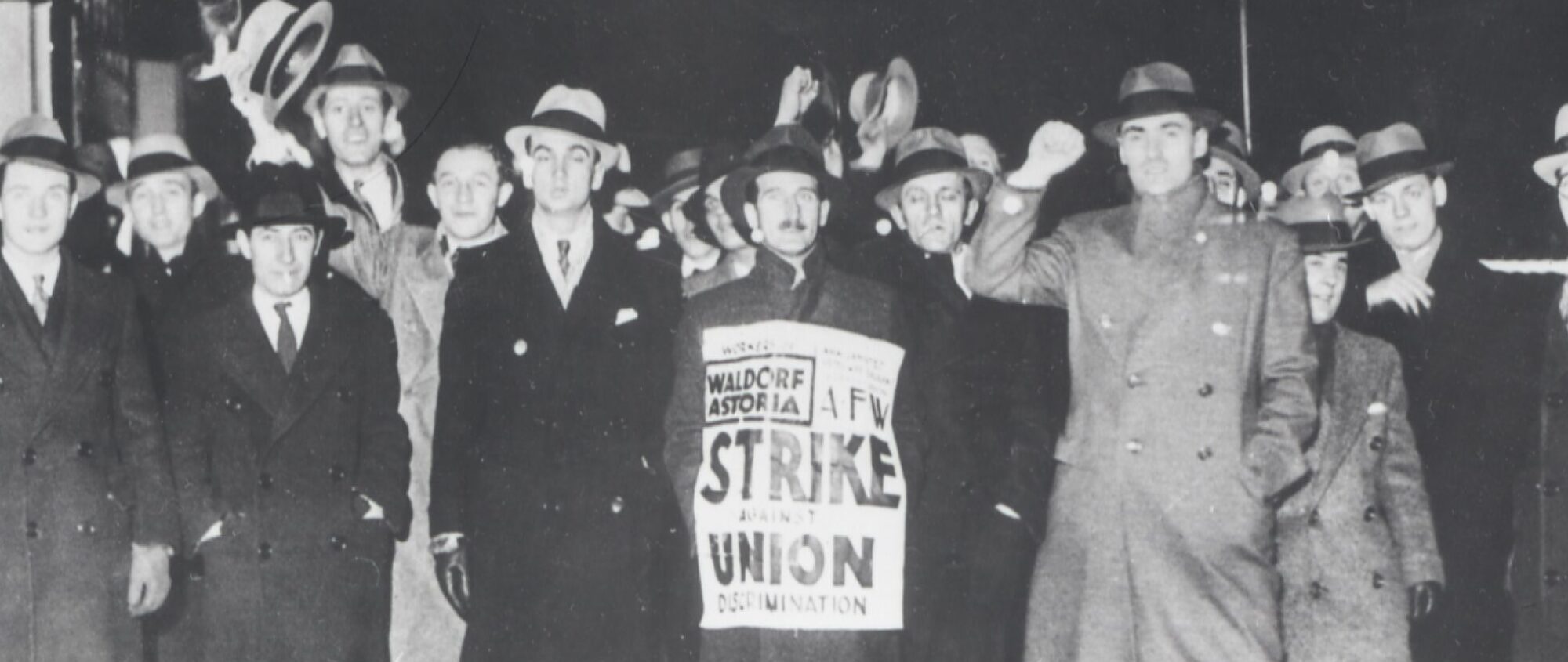The horrific death of Carlos Gabrielli on a Westerleigh construction site should shock us all to the core. His throat slashed by an electrical saw after a slip and fall, he died in an ambulance after his coworkers frantically tried to stanch the bleeding with the shirts off their backs in the immediate aftermath of the gruesome accident.
As the Advance notes in its coverage, this was only the second of three dreadful workplace accidents in Staten Island last week. One day later, a crane collapsed at the construction site of a new Amazon warehouse in Rosebank. One worker’s leg reportedly “snapped in half.” Three days before that, a 25-year-old electrician was knocked unconscious at a construction site in Bloomfield after a small panel explosion exposed him to a 500 volt arc of electricity.
These kinds of workplace accidents, unfortunately, are not rare. On average, thirteen workers die on the job every day in this country. Most of these deaths are completely preventable. And yet the complex web of state and federal agencies and insurance programs meant to protect worker’s safety and incomes are persistently under-funded and under attack.
Our workplace safety laws – the federal Occupational Health & Safety Act (OSHA) and a patchwork of state worker’s compensation laws – are badly out of date and under attack from deep-pocketed corporate interests who want to slash benefits and shirk responsibility in the name of cutting “red tape.”
A new book, Dying to Work: Death and Injury in the American Workplace by workers rights attorney Jonathan D. Karmel is a compelling call for action on a national health crisis that’s hiding in plain sight. The book’s everyday horror stories could compete with the past week’s news in the Advance.
These are just a few: Yvonne Shurelds suffered an “internal decapitation” when the forklift that she was not properly trained to operate backed up into a metal bar. Her employer was fined $7,100 for safety violations. Hannah Phillips lost her arm to a meat grinder at a Kroger grocery store when her ill-fitting uniform snagged on the power switch. She feels “lucky” because the amputation was below the elbow and she was able to get off worker’s comp when she landed a $10.50 an hour job (with no health insurance) at a non-union Honda plant. Paul King was electrocuted on the roof of Terminal 3 at Logan airport while doing routine maintenance work. He was not trained as an electrician and his employer – a subcontractor of a subcontractor – did not provide him with protective gear or electrical test equipment. It contested its $54,000 OSHA fine, and neglected to include his last deadly hours of work in the final paycheck it sent to his widow.
Seemingly every widow in these stories is tormented by unannounced visits from inspectors, hoping to find her remarried so the state can discontinue its paltry workman’s comp survivor benefits. None of these families left behind gets a big payout, or even returns to the standard of living they had scraped together before the fateful accidents.
The workers comp system was a “grand bargain” that preceded the New Deal by decades. In exchange for providing some insurance for workers who lose life and limb, it shields employers from greater liability for their callous disregard for their human resources. Workers compensation laws generally prevent survivors from directly suing an employer for damages. Successful suits must include a third party like a subcontractor or machinery manufacturer.
Karmel suggests a list of reforms that’s longer than an amputated arm.
A “know your rights” posting requirements at every workplace – like we have for the minimum wage – is long overdue. A mandate that medical professionals who treat injured workers have no affiliation with the employer and a Medicare-style insurance system to pay for their treatment is pretty common sense. The fact that attorney’s fees for these cases have been reduced or remained stagnant is ridiculous if one believes that “you get what you pay for.”
Karmel also calls for enhanced civil penalties and criminal prosecution under OSHA. Usually the idea that stiffer sentences act as deterrence against future crimes beggars belief. Who calmly weighs the consequences during a crime of passion or desperation? But corporate crimes – which unsafe workplaces must be viewed as – are coolly calculated in boardrooms as matters of dollars and sense (and the continued comfort of the far-removed executives).
Financial OSHA penalties, which were set as a specific hard-dollar amount in 1970, have been raised just once – 28 years ago. Obviously, a company that kills an employee through willful negligence should pay more than a pittance in fines. Those statutory fines should not only be exponentially increased, but indexed to inflation like almost every other federal regulatory penalty is.
Finally, he calls for a streamlined process to replace the “complex and oppressive legal system that requires employees to bear the burden of establishing their entitlement to benefits.” That sounds to me that we should just federalize the system under a well-funded OHSA (and stop electing Republicans to Congress).
[This op-ed originally appeared in the Staten Island Advance.]
